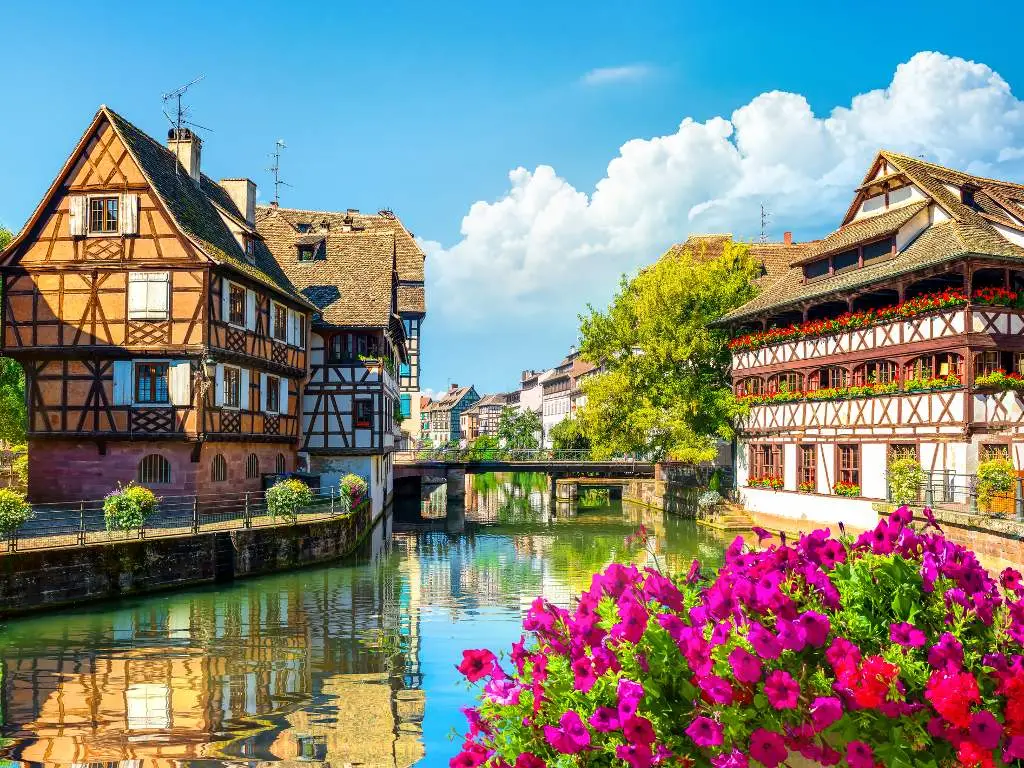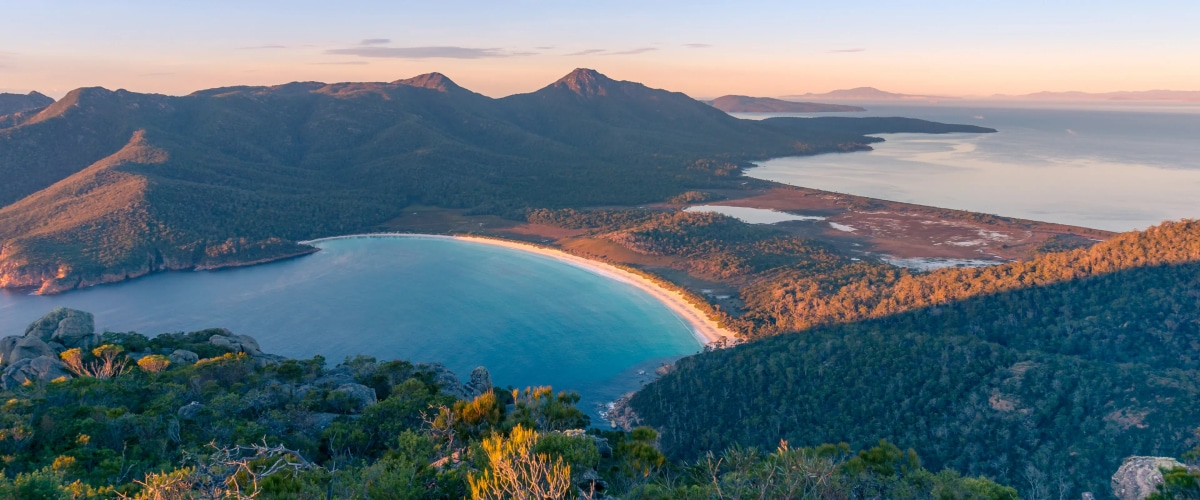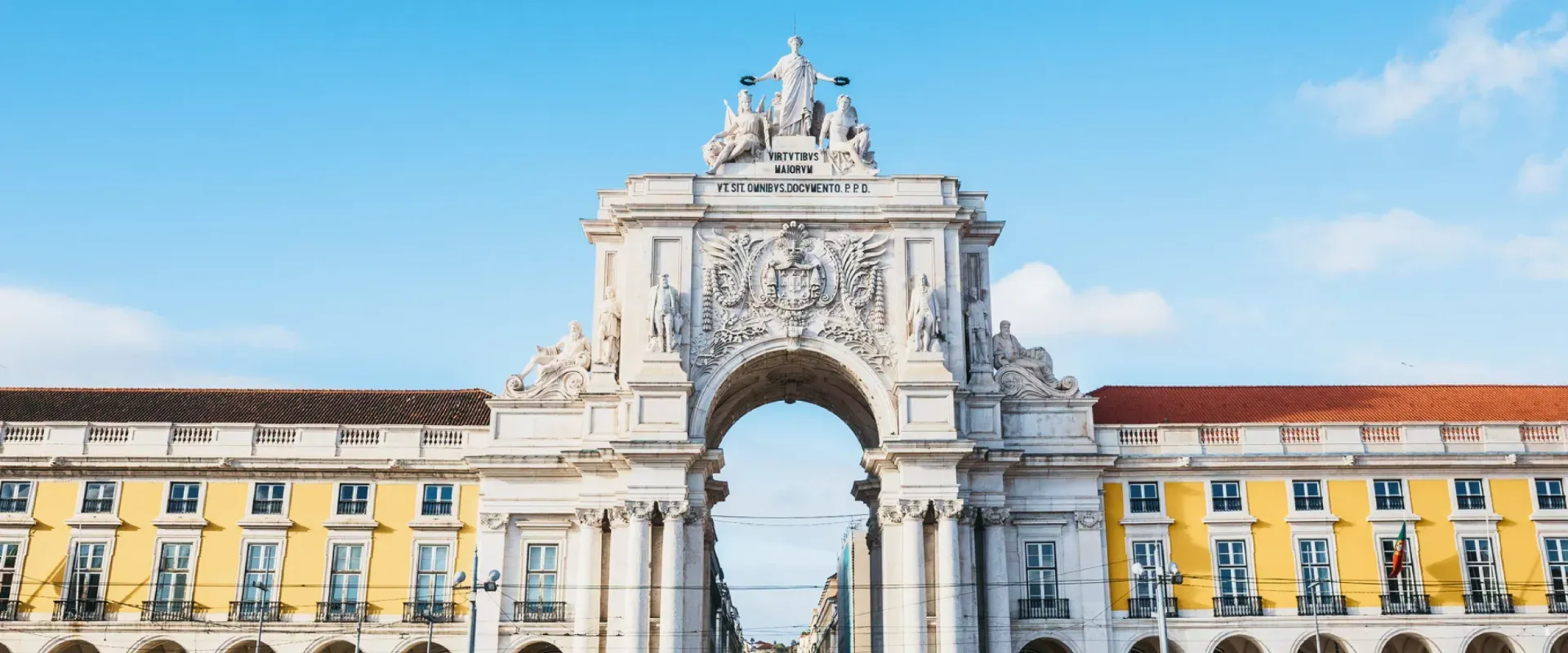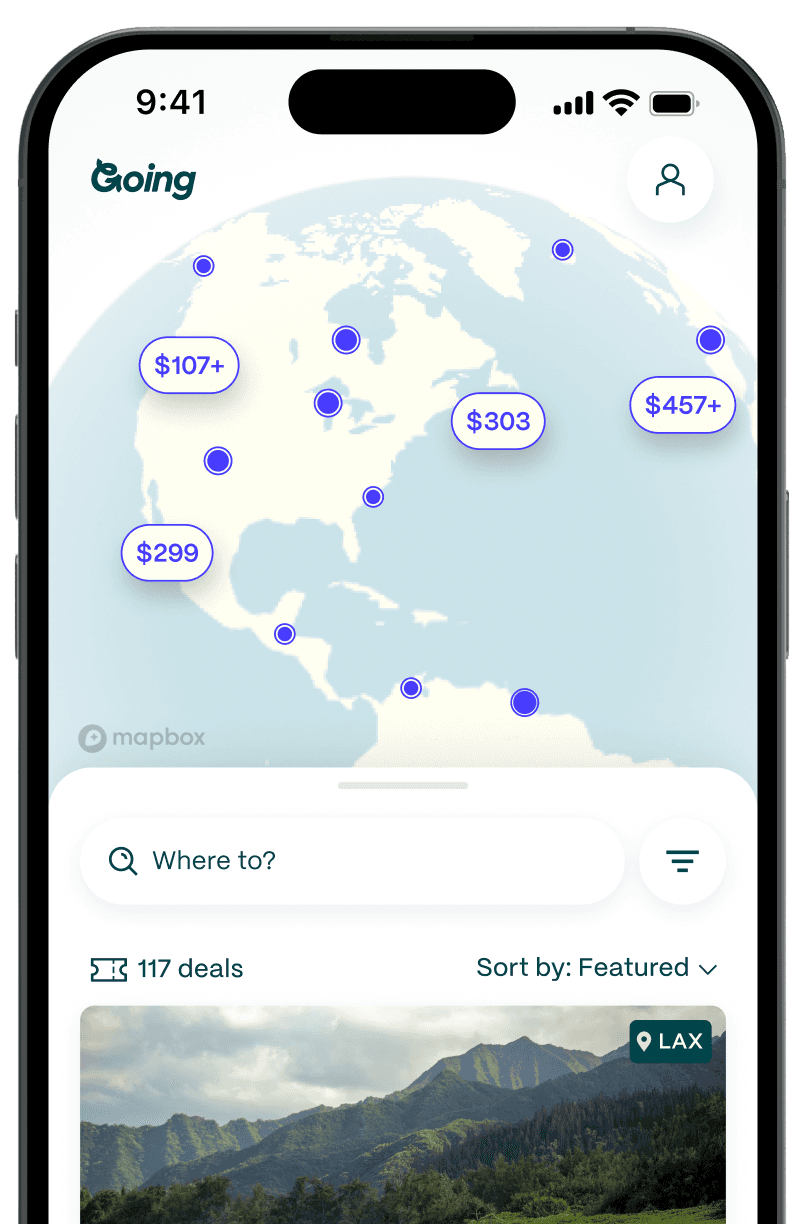
Rome Itinerary: How to Spend 2, 3, or 4 Days in Rome
Table of Contents
One of Europe’s most popular city breaks, Rome is an ideal destination for curious travelers, especially those with a taste for history, art, and delicious food and wine.
With more than 2,000 years of history, the Italian capital is sometimes compared to a lasagna. Over the course of its history, one layer was built on top of another. Wandering the city center, it’s not unusual to see ancient ruins peeking from behind a baroque church or even a modern shop. Romans work to preserve their history, but they don’t preserve it in amber; they live with it. Therein lies the magic of the city—it really is eternal.
Rome wasn’t built in a day, and you can’t see it in a day or two either, but if that’s all you have, this is how you should spend it. Change may come slowly to Rome, but the city is evolving, so return travelers will always find something new to do.

2-day Rome itinerary: How to spend 2 days in Rome
Day 1: Ancient ruins and artsy Monti
It’s going to be a packed day, so fuel up the way the Romans do, with a cappuccino and cornetto standing up at the bar. Better yet, try a maritozzo, a cream-filled bun that’s quintessentially Roman. Pasticceria Regoli, a family-run spot established in 1916, is famous for them. Be sure to get there early because they always sell out.

From there, it’s a 15-minute walk to one of the most iconic Roman sites: the Colosseum. Plan to spend 1–1.5 hours exploring the various levels and viewing the archaeological finds displayed on the upper level.
The same ticket you use for the Colosseum also gets you entry to the Roman Forum and the Palatine Hill within 24 hours. When you finish at the Colosseum, go directly to the Forum’s entrance on Via dei Fori Imperiali. This was once the beating heart of the Roman Empire, with extravagant temples, palaces, and shops.
Finish up on the Palatine Hill, which became like the Beverly Hills of the Roman Empire. The most important emperors, including Caesar Augustus and his wife Livia, built their gilded homes there. It takes some imagination to envision how glorious it once was.
For lunch, head to nearby Taverna dei Fori Imperiali, a family-run restaurant that serves Roman classics and some twists on them, like spaghetti with orange and pistachio or cacio e pepe with black truffle.
In the afternoon, spend some time wandering the charming cobblestone streets of Monti. Named for the hills it’s built on, the neighborhood is full of independent boutiques, casual bars, restaurants, and gelaterias.
Stop by Sacripante or Kokoro for cute clothes made locally, Art Privé Gioielli for beautiful jewelry, or Grezzo Raw Chocolate for raw, vegan chocolate. If you get a hankering for gelato, make a beeline for Fatamorgana. Cross Via Cavour, and head up the stairs to see the Church of San Pietro in Vincoli, which houses Michelangelo’s statue of Moses.
You might just want to stick around Monti in the evening. On a quiet piazza in a less-trafficked part of the neighborhood, you’ll find Drink Kong, one of the most cutting-edge cocktail bars in the city. Owner Patrick Pistolesi, an Italian-Irish bartender, was inspired by Tokyo and '70s futurism.
For something more traditional, head over to Ai Tre Scalini, a popular wine bar set on a particularly photogenic street with enormous tendrils of ivy hanging down. You could stay there, nibbling on cheese and salumi, or head over to Rocco Ristorante, a casual-cool trattoria that serves homestyle dishes. It’s a popular spot, so book ahead of time.
Day 2: Treasures of the Vatican and the Centro Storico

Another busy day lies ahead. The Vatican Museums open early (Monday–Saturday 8am–8pm, last Sunday of every month 9am–2pm), but if you want to beat the crowds, book an early-entrance tour led by a guide, where you can visit the museum earlier in the morning before it opens to the public.
One of the largest and most popular museums in the world, the Vatican Museums actually comprise 24 collections, plus various galleries and chapels, including the Sistine Chapel. Afterward, if you still have the time and energy, you can enter St. Peter’s Basilica to admire Michelangelo’s Pietà and Bernini’s bronze Baldacchino.
After you’ve had your fill of the art, it’s time to fill up on another Italian masterpiece: pizza. A few blocks from the Vatican Museums, you’ll find one of the best pizzerias in Rome. Bonci Pizzarium is a tiny counter that only does pizza al taglio (i.e. pizza by the slice). The brainchild of Gabriele Bonci, who was featured on an episode of Chef’sTable: Pizza, this spot is as good as everyone says. The crust strikes the perfect balance between chewy and crunchy, and there’s an exhaustive range of toppings. Our advice? Ask for small slices so you can try a few.
After lunch, return to the other side of the river to explore the centro storico, the historic center where the most beautiful piazzas, fountains, and monuments are concentrated. Cross the Ponte Sant’Angelo dotted with angels, a couple designed by baroque master Bernini, which also offers a wonderful view of St. Peter’s Basilica. You’ll find yourself just a few blocks from Piazza Navona, one of the city’s liveliest squares with an impressive baroque fountain by Bernini in the middle.

From there, it’s a five-minute walk to the Pantheon, the best-preserved ancient Roman temple. That’s because it was converted into a church. It has the largest freestanding dome built before the modern era and has been called architecturally perfect because of the perfectly equal proportion of its diameter to its height. Go inside to admire the oculus and see the tombs of important figures, including Raphael.
Continue east through the cobblestone lanes until you come to the famous Trevi Fountain. Legend says that if you throw one coin in the fountain, you’ll return to Rome. Throw two coins, and you’ll fall in love with an Italian. Throw three coins, and you’ll marry your Italian love.
Veer north, and you’ll arrive at the Spanish Steps, the monumental Baroque staircase that connects the Piazza di Spagna to the Church of Trinità dei Monti at the top. The area surrounding the Spanish Steps is home to the city’s most upscale designer boutiques. For a quick pick-me-up, stop by the Antico Caffè Greco, an opulent gilded cafe that dates back to the era of the Grand Tour, for an espresso.
If you continue walking north on Via del Babuino, you’ll soon arrive at the huge circular Piazza del Popolo with its twin churches, obelisk, and lion fountains. Feeling fancy? Duck into the elegant Hotel de Russie for a spritz at the Stravinskij Bar and dinner at Le Jardin de Russie just above it. The hotel is known for its tiered “secret garden” and is a favorite of celebrities and other beautiful people. Savor a plate of ravioli cacio e pepe, acclaimed chef Fulvio Pierangelini’s take on the classic Roman pasta, with a glass of wine.
3-day Rome itinerary: How to spend 3 days in Rome
Day 3: Rome’s most loved park, an underrated neighborhood, and trendy Trastevere
Start today where you left off yesterday: Piazza del Popolo. Today, however, you’ll use it as a jumping-off point to explore Rome’s most beloved park. If you want to start your morning with a cappuccino on the square, go to Canova, which was once the hangout of famed director Federico Fellini, whose sketches decorate the halls inside.
Cross the piazza and walk under the Porta del Popolo, which once formed the city’s northern border. The entrance to Villa Borghese is just off to the right. OInitiallythe private estate of Cardinal Scipione Borghese, the park contains an amphitheater, botanical gardens, a lovely little lake, a replica of Shakespeare’s Globe Theater (currently closed for renovations), a zoo, children’s cinema, and several museums.
The most worthwhile museum is the Galleria Borghese, which Cardinal Borghese built to house his impressive art collection. Between the gorgeously painted ceiling frescoes and masterpieces by Canova, Bernini, and Caravaggio, it’s hard to say what’s more impressive: the villa or the artwork it contains. Note that timed tickets must be purchased in advance.
Exit the park near the Galleria Borghese and walk south along the Via Pinciana toward Via Veneto, the street made famous by La Dolce Vita. Once the epicenter of Roman nightlife, the street is a shadow of what it was in its 1960s heyday, but a crop of new and soon-to-open hotels are trying to bring the glamor back. One such hotel is the W Rome, which occupies a pair of historic buildings a block away from Via Veneto. Take your pick from the hotel’s two buzzy restaurants: Giano, which serves sensational Sicilian cuisine by Michelin-starred chef Ciccio Sultano, or Otto, the rooftop lounge that slings pizza by Pier Daniele Seu, one of the city's top pizzaioli.
In the afternoon, explore one of the least touristy parts of the city center: the area around Piazza della Repubblica. Tourists often miss this area, but it contains hidden gems like Bernini’s Ecstasy of Saint Teresa statue inside the Basilica di Santa Maria della Vittoria and Dagnino, a midcentury cafe that makes Sicilian sweets hidden inside a covered arcade. If you have the stamina for another museum, go to Palazzo Massimo to see the incredible frescoes from the ancient villa of Livia, wife of Augustus Caesar.
When you’re ready for an aperitivo, hop in a taxi (or on the bus) and go across town to the trendy neighborhood of Trastevere. The streets are packed with bars and trattorias, some of which are better than others. For excellent cocktails, go to Freni & Frizioni, an award-winning bar in a former mechanic’s garage. For dinner, book ahead at Pizzeria L’Elementare, one of a new wave of top-notch pizzerias, or line up for a table at Da Enzo al 29, which doesn’t take reservations but serves up some of the best classic Roman dishes around.
4-day Rome itinerary: How to spend 4 days in Rome
Day 4: Venture beyond the Centro Storico to see the modern side of Rome
Now that you’ve visited most of the major historic sites, it’s time to delve into Rome’s modern history. Today you’ll leave the center and explore Ostiense, Testaccio, and Pigneto. Once gritty working-class areas, these neighborhoods are gentrifying, but they still have a bit of an edge to them. The best way to see all three—and learn about the stories behind them—is with a Vespa tour by Scooteroma. One of their local guides will drive you to the best spots to see street art murals, with a stop for coffee or gelato. If you do the 10 am tour, you’ll finish in time for lunch.
If you decide to stick around Pigneto, grab a table at Necci dal 1924, a laid-back spot favored by creative types. Or grab a quick bite at the Mercato di Testaccio, a covered market full of stalls selling fruit, veggies, seafood, meat, and prepared foods.
For further proof that the city’s glories don’t lie exclusively in the past, head up to the Flaminio district to visit MAXXI, the museum of 21st-century art located in a futuristic building designed by the late Zaha Hadid.
If you splurge on just one expensive meal, make it the tasting menu at the Michelin-starred Ristorante All’Oro, a quick ride away from MAXXI on Tram 2. In a sleek, moody space, talented chef Riccardo Di Giacinto serves playfully revisited versions of Roman classics, like carbonara foam in an eggshell and coda alla vaccinara (oxtail stew) in the shape of a Ferrero Rocher chocolate.
Key Rome travel details
Where to stay in Rome
- The centro storico (historic center) contains the most beautiful piazzas, fountains, and monuments.
- Monti is a stone’s throw from the Colosseum and is home to great restaurants, bars, and independent boutiques.
- The Spanish Steps and the surrounding area is where you’ll find many of the top luxury hotels and designer boutiques.
- Prati is the neighborhood bordering the Vatican, where mid-range hotels and shops dominate, and there are many office buildings.
- Flaminio, just north of Piazza del Popolo, is a relatively quiet residential area with a few attractions like MAXXI and the Auditorium Parco della Musica.
- Ostiense and Testaccio are gentrifying neighborhoods with lots of street art and good restaurants.
- Pigneto is Rome’s hipster ‘hood with some cool bars and restaurants.
- Mama Shelter Roma is a fun and funky hotel in Prati that’s great for travelers on a budget, with rooms starting around $150 per night. Hotel Locarno, just off Piazza del Popolo will transport you back to the 1920s, when it was founded, for rates starting around $360 per night. If money is no object, consider the sleek new Six Senses Rome, with rates starting around $1,000 per night, or the historic Hotel Eden near Via Veneto, where the rates start around $900 per night.
How to get around Rome
There are three metro lines (A, B, and C) and an extensive network of buses and trams. It costs €1.50 per 100-minute ride on any combination of metro lines, buses, and trams. There are also unlimited passes good for 24 hours (€7), 48 hours (€12.50), 72 hours (€18) or one week (€24). You can buy tickets and unlimited passes in the automatic machines inside metro stations, at ticket booths inside select stations, or in Tabacchi.
Taxis are available at taxi stands around the city, or you can call 3570 to order one or use the ItTaxi app. Renting a car to get around Rome is not a good idea. Between the traffic jams, scarcity of parking, and restricted areas (known as ZTLs), it’s best to leave navigating the city by car to the locals.
When to go to Rome
The best times of year to visit Rome are the spring and fall when the temperatures are mild and there are fewer crowds. The summer gets stiflingly hot and crowded with foreign tourists, while Romans tend to vacate the city and head for the sea. Winter is the best time for low rates at hotels and the fewest crowds. There might be some rain, and you’ll need a coat, but the weather is generally fairly mild.
Holidays include the Epiphany (January 6), Easter and Easter Monday, Rome’s Birthday (April 21), Liberation Day (April 25), Labor Day (May 1), Republic Day (June 2), Ferragosto (August 15), All Saints Day (November 1), Feast of the Immaculate Conception (December 8), Christmas (December 25), and Saint Stephen’s Day (December 26).
See Going's deals on flights to Rome, and join today to get cheap flights from all over the world delivered right to your inbox.
Read more about Rome
Last updated March 5, 2025









